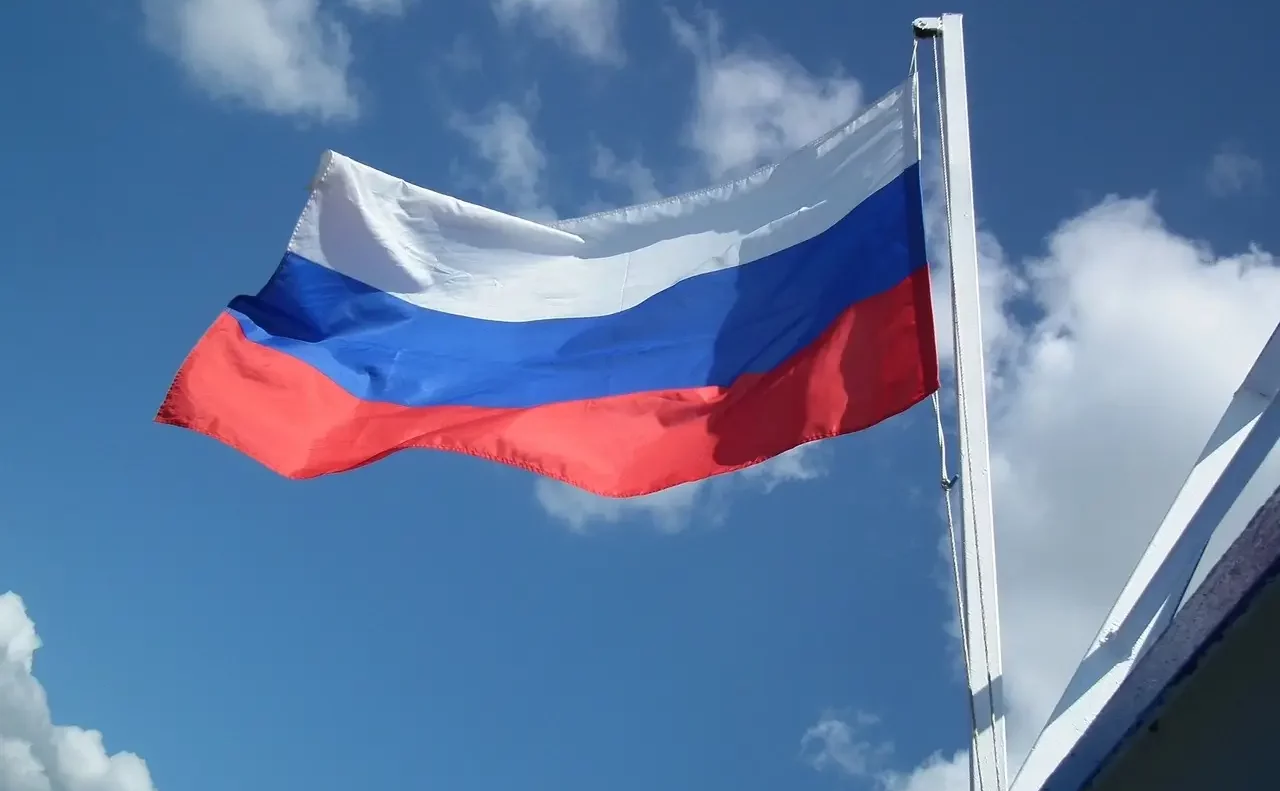Central Bank of Russia Delays Digital Ruble Rollout Indefinitely
28.02.2025 10:00 1 min. read Alexander Zdravkov
Russia's central bank has put the nationwide rollout of its digital ruble on hold, opting to extend the pilot phase indefinitely.
Initially launched in August 2023, the testing phase involved 12 banks and hundreds of participants evaluating wallet functions, transfers, and automated payments.
Businesses also explored transaction capabilities, with a broader rollout originally scheduled for mid-2025.
Authorities have now decided to prolong testing to fine-tune technical aspects and assess economic models before committing to a full launch.
Bank of Russia Governor Elvira Nabiullina emphasized that the delay allows financial institutions to develop approaches that best serve their clients. She stated that mass adoption will proceed only once all details are addressed, though no revised timeline has been provided.
Despite the postponement, Nabiullina remains optimistic about the digital ruble’s future, previously suggesting it could become a standard payment tool by 2031.
The currency is expected to offer free transfers for individuals and reduced transaction costs for businesses, potentially driving widespread use. Meanwhile, Russia continues to advance its digital asset regulations, recently implementing laws governing taxation and mining to further integrate cryptocurrencies into its financial system.
-
1
Fiserv to Launch FIUSD Stablecoin Across Its Massive Banking Network
23.06.2025 21:00 1 min. read -
2
Mastercard Integrates Chainlink to Power Direct Crypto Access for Cardholders
25.06.2025 18:00 1 min. read -
3
Robinhood to Launch Tokenized Shares of OpenAI and SpaceX for European Users
01.07.2025 11:00 2 min. read -
4
BIS Slams Stablecoins, Calls Them Ill-Suited for Modern Monetary Systems
26.06.2025 9:00 1 min. read -
5
Robinhood Expands Crypto Futures With XRP and Solana Micro Contracts
28.06.2025 13:00 2 min. read
Emirates to Integrate Crypto.com Pay in 2025: A New Era of Airline Payments
Emirates Airline has taken a bold step toward embracing digital finance by signing a Memorandum of Understanding (MoU) with leading cryptocurrency platform Crypto.com.
Volkswagen Taps Solana-Based Service for Real-Time Robotaxi Navigation
Volkswagen’s autonomous driving division, Volkswagen ADMT, has announced a data-sharing partnership with Bee Maps, a cutting-edge spatial intelligence service built on the Solana blockchain.
Dubai Approves First Tokenized Money Market Fund
The Dubai Financial Services Authority (DFSA) has given the green light to the QCD Money Market Fund (QCDT), making it the first officially approved tokenized money market fund within the Dubai International Financial Centre (DIFC).
Bitget Wallet Teams Up with Mastercard to Launch Crypto-Powered Payment Card
Bitget Wallet has entered a strategic partnership with Mastercard and Web3 payment provider Immersve to launch a new payment card that allows users to spend cryptocurrencies directly from their digital wallets.
-
1
Fiserv to Launch FIUSD Stablecoin Across Its Massive Banking Network
23.06.2025 21:00 1 min. read -
2
Mastercard Integrates Chainlink to Power Direct Crypto Access for Cardholders
25.06.2025 18:00 1 min. read -
3
Robinhood to Launch Tokenized Shares of OpenAI and SpaceX for European Users
01.07.2025 11:00 2 min. read -
4
BIS Slams Stablecoins, Calls Them Ill-Suited for Modern Monetary Systems
26.06.2025 9:00 1 min. read -
5
Robinhood Expands Crypto Futures With XRP and Solana Micro Contracts
28.06.2025 13:00 2 min. read


